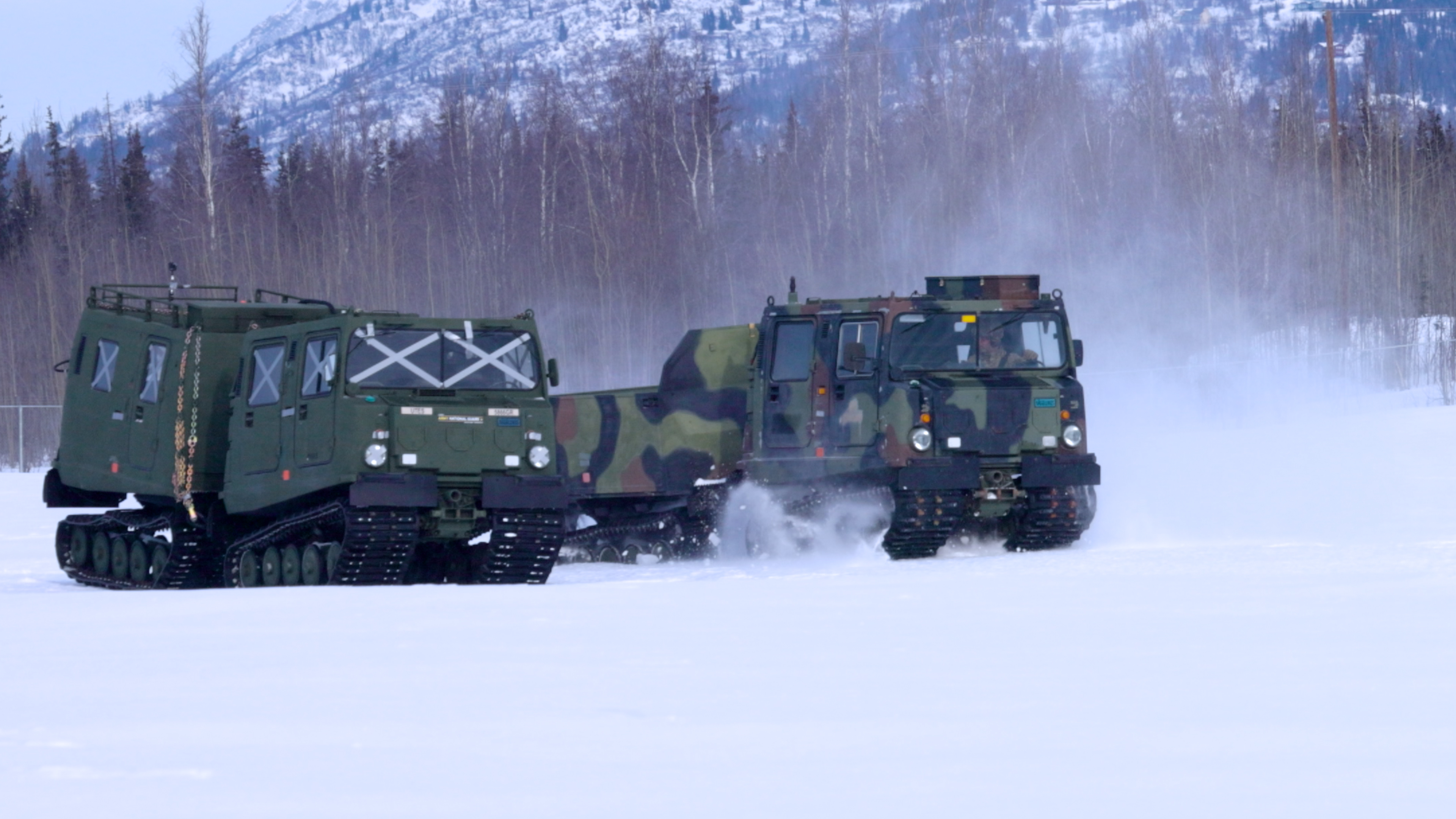A volcano in Iceland has finally erupted after weeks of roiling activity, spewing out molten lava, thick smoke and huge amounts of heat energy visible from space
The volcano burst forth from the Earth around 1.8 miles north of the town of Grindavík, on Iceland's Reykjanes peninsula, at approximately 10 p.m. local time on Monday evening, according to the Icelandic Meteorological Office.
Images taken by the VIIRS (Visible Infrared Imaging Radiometer Suite) on the NASA and National Oceanic and Atmospheric Administration-owned NOAA-20 satellite at 4:00 a.m. local time on Tuesday show the level of heat being thrown out by the erupting volcano, in stark contrast to the temperature of the region the day before the eruption.

"What you're seeing in these images is the very high temperatures of the active lava flows compared to the surrounding land and clouds," Simon Carn, a volcanologist at Michigan Technological University, said in a NASA Earth Observatory statement. "The darker lower-temperature areas appear to be some topography that the lava is flowing around, but these could also be areas where the eruption fissure is not active and has cooler lava, or where gas plumes or clouds are obscuring the surface."
Lava could be seen pouring from the 2.5 mile-long volcanic fissure in dramatic videos shared to social media, with some fountains of molten rock shooting over 600 feet into the air.
"The rate of lava discharge during the first two hours of the eruption was thought to be on a scale of hundreds of cubic metres per second, with the largest lava fountains on the northern end of the fissures," the Meteorological Office said in a statement on Tuesday morning.
This came after a month of waiting and monitoring, with thousands of residents from Grindavík having been evacuated on November 10 after days of seismic activity sparked fears the volcano would soon erupt. The town saw huge cracks open in the middle of roads and shifts to the ground level in the weeks leading up to the eruption.
The lava appears to be mostly flowing to the east and north, avoiding the town of Grindavík and the famous Blue Lagoon.
"However, this could change if the lava accumulates and starts flowing in different directions, if the active fissure extends southward, or if new fissures open up," Carn said. "If lava continues to flow north, it could eventually reach the key main road from Keflavík airport to Reykjavík."
According to the Meteorological Office, the eruption appears to be slowing down already, with only three of the five original volcanic vents continuing to erupt. However, new vents could open at short notice.

"At this time, 12 hours after the eruption began, a lot of [the] 4km [2.5 mile] fissure has subsided in lava activity, with the rate of magma output significantly decreased. This can be quite common after an intense start to an eruption," Sam Mitchell, a research associate in Volcanology at the University of Bristol in England, said in a statement.
"It is very difficult to say how long these eruptions will last; it could be days, it could be months. Larger more intense eruptions tend to last a shorter time, but if the flow rate becomes small it could go on for some time," Mitchell said. "The activity will remained constantly [monitored] by the Icelandic Meteorological Office and other local scientists collecting data on the ground and in the air."
Do you have a tip on a science story that Newsweek should be covering? Do you have a question about volcanoes? Let us know via science@newsweek.com.
Uncommon Knowledge
Newsweek is committed to challenging conventional wisdom and finding connections in the search for common ground.
Newsweek is committed to challenging conventional wisdom and finding connections in the search for common ground.
About the writer
Jess Thomson is a Newsweek Science Reporter based in London UK. Her focus is reporting on science, technology and healthcare. ... Read more
To read how Newsweek uses AI as a newsroom tool, Click here.





